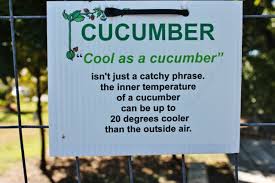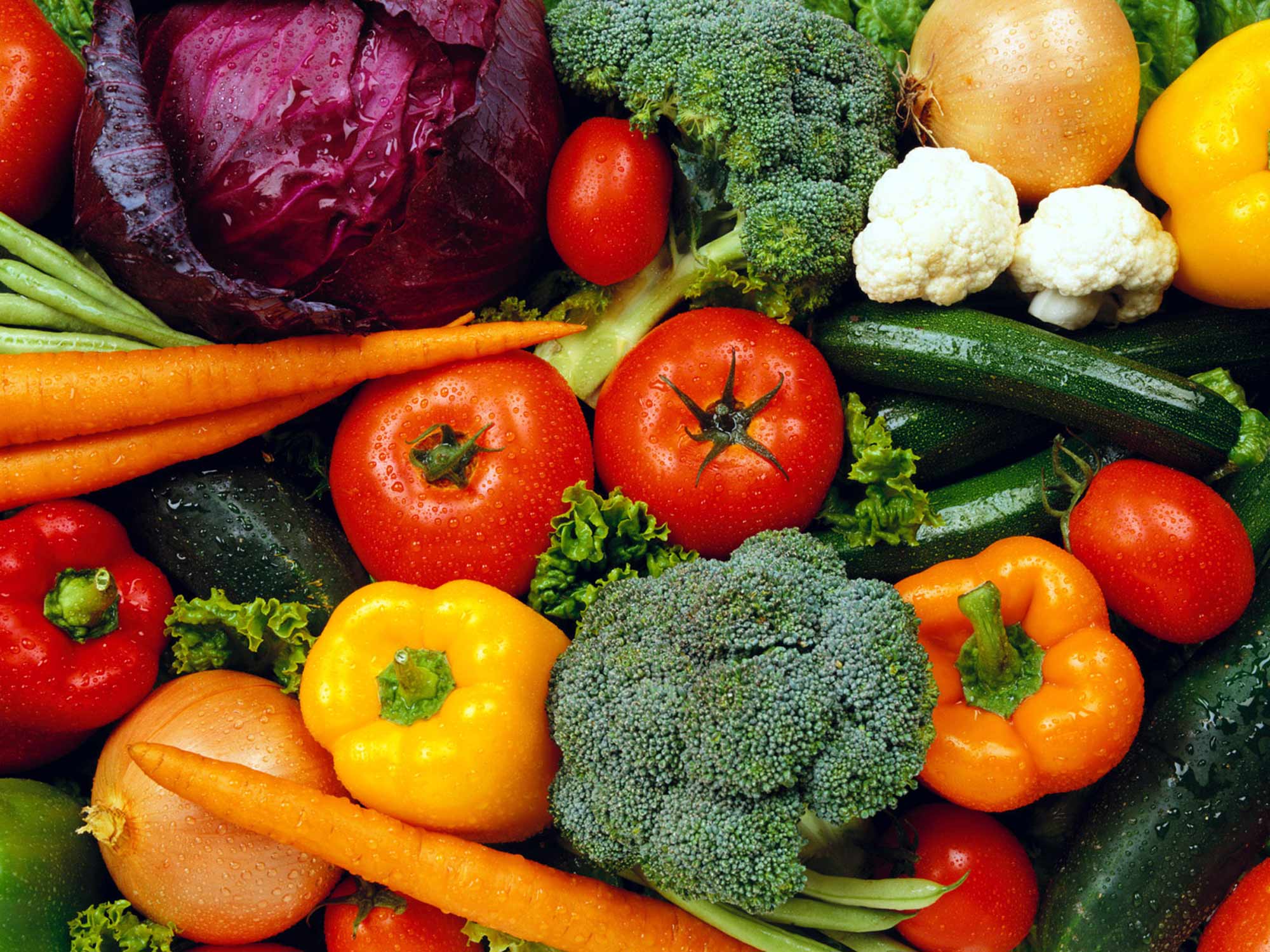- Torenia, a shade-loving annual, is called the wishbone flower. Look for tiny wishbone-shape stamens inside the purple, blue or burgundy petals.
- Tomato juice is the official state beverage of Ohio, honouring the part A. W. Livingston of Reynoldsburg, Ohio, played in popularizing the tomato in the late 1800s.
- Archaeologists have uncovered evidence that grapes were grown to make wine about 8,000 years ago in Mesopotamia (today’s Iraq), although the ancient Egyptians were the first to record the process of making wine about 5,000 years ago.
- Vanilla flavouring comes from the pod of an orchid, Vanilla planifolia. Though the pods are called vanilla beans, they’re more closely related to corn than green beans.
- From a botanical standpoint, avocados and pumpkins are fruits, not vegetables, because they bear the plants’ seeds. Rhubarb, on the other hand, is a vegetable.
- Saffron, used as a flavouring in Mediterranean cooking, is harvested from the stigmas of a type of fall-blooming crocus, Crocus sativus.
- A sunflower looks like one large flower, but each head is composed of hundreds of tiny flowers called florets, which ripen to become the seeds. This is the case for all plants in the sunflower family, including daisies, yarrow, goldenrod, asters, coreopsis, and bachelor’s buttons.
- The first potatoes were cultivated in Peru about 7,000 years ago.
- The difference between nectarines and peaches is that nectarines don’t have fuzzy skins. You can graft peach branches onto a nectarine tree or nectarine branches onto a peach tree so you have both types of fruits.
- Sulfuric compounds are to blame for cut onions bringing tears to your eyes. According to the National Onion Association, chilling the onion and cutting the root end last reduces the problem.
- Garlic mustard is a member of the mustard family, not garlic. This invasive herb out-competes native plants in the Eastern and Midwestern United States, posing a threat to other native plants and the species that depend on them.
- The title for the world’s hottest chilli pepper remains contested. ‘Bhut Jolokia’, 401.5 times hotter than bottled hot pepper sauce, earned the Guinness World Records title in 2007, but several hotter chillis claimed the title in 2011.



